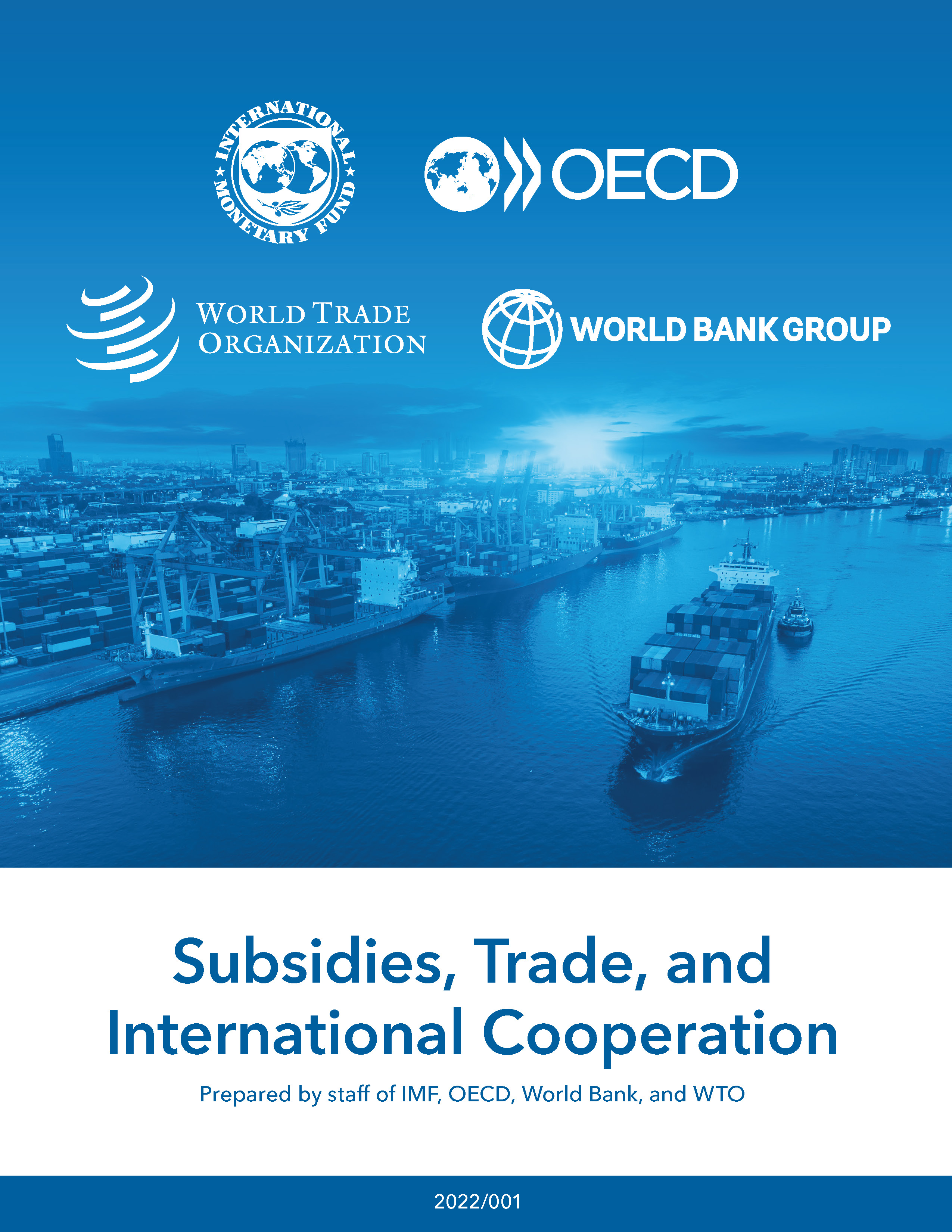The Scope of the SCM Agreement: Definition of Subsidy and Specificity

- De : World Trade Organization
- Source: Subsidies, Trade, and International Cooperation , pp 41-43
- Publication Date: mars 2023
- DOI: https://doi.org/10.30875/9789287072306c010
- Langue : Anglais
WTO rules on subsidies are set out in the GATT (1994) and more specifically in the WTO Agreements on Subsidies and Countervailing Measures (SCM Agreement) and Agriculture (AoA), which are relevant for trade in goods. When the GATT entered into force in 1947, its references to subsidies and their potential trade impacts were limited and lacked operational detail. Even at that time, however, the importance of disciplining subsidies to secure the value of agreed tariff concessions was understood by the contracting parties, hence the inclusion of Articles VI and XVI in the GATT. In particular, a member can undermine its market access commitments by providing subsidies to import-competing industries. In addition, subsidies given by one government to firms exporting to third economies can divert trade toward those exporters and away from those from economies that had relied on negotiated market access to the third economy market. As such consequences increased over time, GATT Contracting Parties increasingly strengthened the disciplines on subsidies, first through the addition of an export subsidy provision in GATT Article XVI, then through the plurilateral Tokyo Round Subsidies Code, and finally in the Uruguay Round. In this respect, the negotiation of the SCM Agreement and the AoA, both of which are part of the WTO “Single Undertaking” and therefore binding for all WTO members, was a major step.
-
From This Site
/content/books/9789287072306c010dcterms_subject,pub_countryId-contentType:WorkingPaperSeries -contentType:Periodical -contentType:BookSeries -contentType:ReportSeries105


